Explainers: Hamas and October 7 — Strategy, History, Ideology, Politics (5 videos)
Can a radically hateful ideology ever be neutralized by rationality and logic?

Can a radically hateful ideology ever be neutralized by rationality and logic?

Five months since Hamas brutally murdered 1,200 Israelis and others on Oct. 7 and kidnapped more than 240, Israel still seeks to balance freedom for all hostages with Hamas’ military and political destruction. Until the…
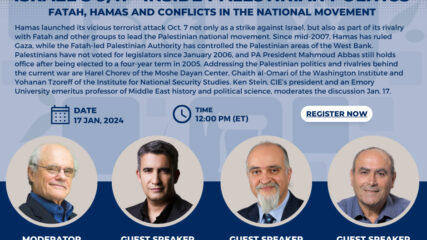
Hamas launched its vicious terrorist attack Oct. 7 not only as a strike against Israel, but also as part of its rivalry with Fatah and other groups to lead the Palestinian national movement. Since mid-2007,…

Seven weeks after Hamas brutally killed more than 1,200 Israelis and others and kidnapped 239, hostages were exchanged for Palestinian prisoners. Joy, anguish and uncertainty hovered in Israel as some hostages were released and others…
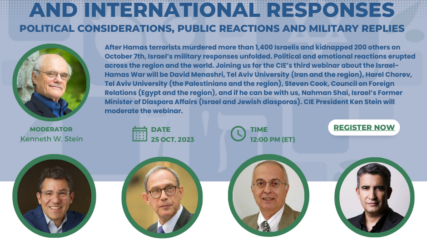
October 25, 2023 After Hamas terrorists murdered more than 1,200 Israelis and others and kidnapped at least 240 on Oct. 7, 2023, Israel’s military responses unfolded. Political and emotional reactions erupted across the region and…
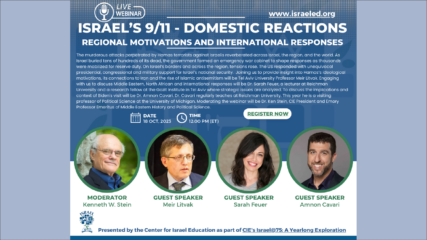
The murderous attacks perpetrated by Hamas terrorists against Israelis reverberated across Israel, the region and the world. As Israel buried tens of hundreds of its dead, the government formed an emergency war cabinet to shape responses as thousands were mobilized for reserve duty. On Israel’s borders and across the region, tensions rose. The U.S. responded with unequivocal presidential, congressional and military support for Israel’s national security and President Biden’s visit to Israel on October 18. Joining CIE to provide insight into Hamas’ ideological motivations, its connections to Iran and the rise of Islamic antisemitism were Tel Aviv University Professor Meir Litvak. Discussing Middle Eastern, North African and international responses was Dr. Sarah Feuer, a lecturer at Reichman University and a research fellow at the Gazit Institute in Tel Aviv. Addressing the implications and context of Biden’s visit was Dr. Amnon Cavari, who teaches at Reichman University and this year is an Israel Institute visiting professor of political science at the University of Michigan. During this 39-minute webinar, they talked about Hamas’ genocidal ideology and its reasons for striking now, the likelihood of weakening regional and international support for Israel as the war continues, and the war’s best possible outcomes for Israel. Moderating was Dr. Ken Stein, the Center for Israel Education’s president and an Emory University professor emeritus of Middle Eastern history and political science.
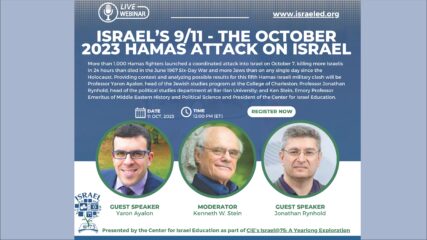
More than 1,000 Hamas fighters launched a coordinated attack into Israel on October 7, killing more Israeli Jews in 24 hours than died in the June 1967 Six-Day War (774) or on any single day since the Holocaust. Providing context and analyzing possible results for this fifth Hamas-Israeli military clash were Professor Yaron Ayalon, head of the Jewish studies program at the College of Charleston; Professor Jonathan Rynhold, head of the political studies department at Bar-Ilan University; and Ken Stein, Emory Professor Emeritus of Middle Eastern History and Political Science and President of the Center for Israel Education. In 52 minutes they provided analyses for Hamas’ goal of destroying Israel, Israel’s pending responses to the mass killings, and Iran’s influence on Hamas. They evaluated America’s response and the vast political gulf expanded between Israelis and the Palestinians, preventing any political accommodation between them well into the future.
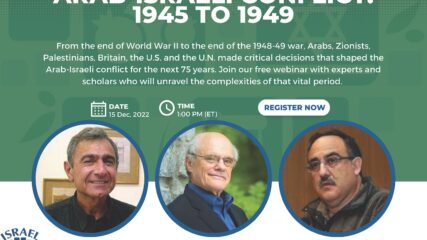
In this 46-minute video recorded Dec. 25, 2022, two emeritus professors from the Hebrew University of Jerusalem joined President Ken Stein to discuss the key period when the Zionists succeeded in creating and securing a…

Live and recorded online discussions lasting less than an hour go in depth into specific aspects of the State of Israel, from its international relations to its domestic culture.
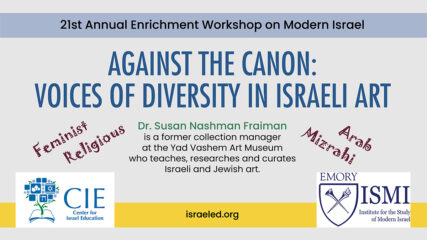
In less than 45 minutes, Israeli educator Susan Nachman Fraiman presents a taste of the variety of voices in Israeli art that have emerged in the past 20 years: female, religious, Mizrahi, Ethiopian and Israeli-Palestinian, all of which are rich subjects in themselves. We examine a few examples of works from each of these sectors and try to understand the rich background from which they come. This video is from a session July 25, 2022, at the 21st annual CIE/ISMI Enrichment Workshop on Modern Israel.
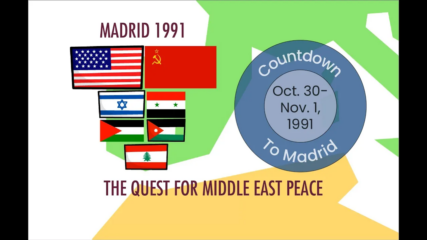
October 18, 2021 Examine the events that led the United States and the Soviet Union to convene high-level delegations from Israel and all of its immediate Arab neighbors, as well as other regional parties, in…

The Center for Israel Education’s “Israel: In Context and on the Ground” webinar series May 28, 2021, features a 54-minute discussion among Dr. Ken Stein, Dr. Sara Feuer and Rabbi Mario Karpuj to put the 11 days of fighting between Israel and Hamas into the larger context of the Palestinian-Israeli conflict, Israeli and Palestinian politics, Middle Eastern diplomacy, and media coverage. A bibliography for further study is included.

The analysis summarizes the declaratory or aspirational Trump Plan for a Palestinian-Israeli settlement, outlining proposals on final status issues, and the proposed economic development package, with a hope for a two state-solution. Maps are used to show how Palestine’s and Israel’s borders have changed over the last 150 years. (Video or audio)
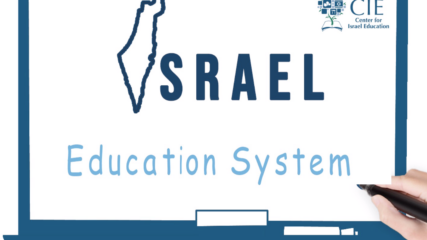
This whiteboard video explains the structure of Israel’s education system, including the country’s commitment to early childhood learning programs, challenges of educational equality and funding for different segments of the population, and a comparison of Israel’s academic success with other nations.

During the 2019 CIE/ISMI Educator Workshop on Modern Israel, Professor Yitzhak Reiter of Ashkelon Academic College discusses Israel’s Arab minority. The talk focuses on the factors that impact relations between Israel’s Jews and Arabs, the impact of the 2018 Nation State Law, and the conflict between civic and national identities.

CIE President Ken Stein speaks with David Makovsky, the Ziegler distinguished fellow at the Washington Institute for Near East Policy on June 19, 2019. The major focus of the discussion was on the upcoming US led Peace to Prosperity workshop which was held in Bahrain June 25 and 26, 2019 at which Makovsky was an observer. Stein and Makovsky discuss, in-depth, the economic summit, the Trump administration’s Middle East Peace Plan, and the prospects for success.
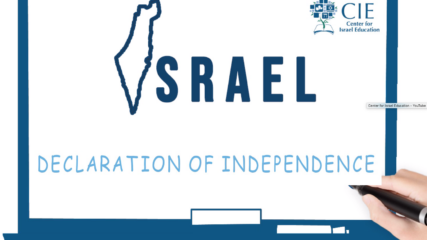
Israel’s Declaration of Independence which was issued by David Ben-Gurion in Tel-Aviv on May 14, 1948 was drafted by a small committee. This video highlights the similarities and differences between the Israeli and American declarations of independence and outlines the Israeli Declaration’s contents including the state’s intentions towards its citizens, the historical connection of the Jewish people to the Land of Israel, and the right of the Jewish people to determination.
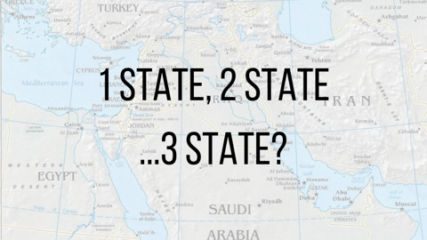
Scholars and policy experts Yitzhak Reiter, Joel Singer, Jonathan Schanzer and Rachel Fish discuss potential resolutions to the Israeli Palestinian Conflict.
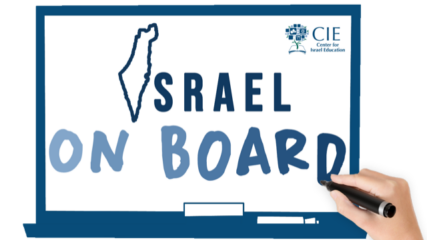
In recognition of the anniversary of the United Nations’ passage of Resolution 181 on November 29, 1947, we present our newest three-part whiteboard videos providing context to this historical moment in Jewish history.

Emory Professor of Contemporary and Middle Eastern History, Political Science, and Israeli Studies and Center for Israel Education President Ken Stein outlines the history of Zionism and the British Mandate at the CIE 2018 Educator Enrichment Workshop.
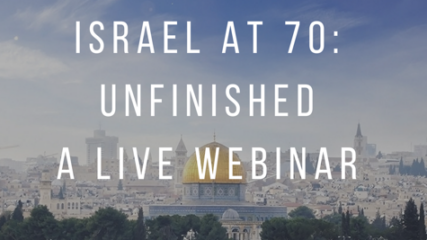
Israel is only 70 years old. It is certainly more developed and different than the US was in 1846. What are the domestic and foreign policy issues that remain open-ended? Which issues have settled into consensus acceptance? CIE President and Founder Professor Ken Stein explores these questions and more in this webinar from May 2018.